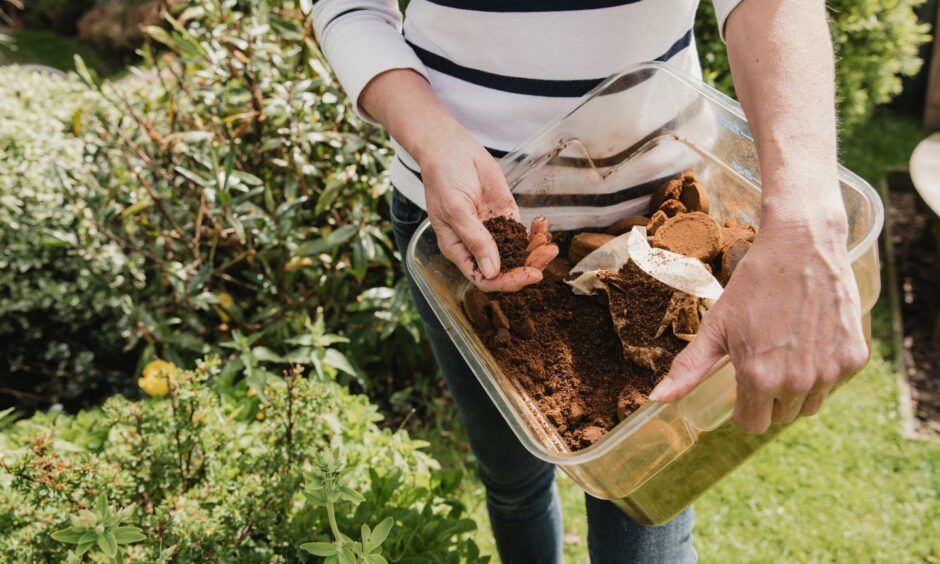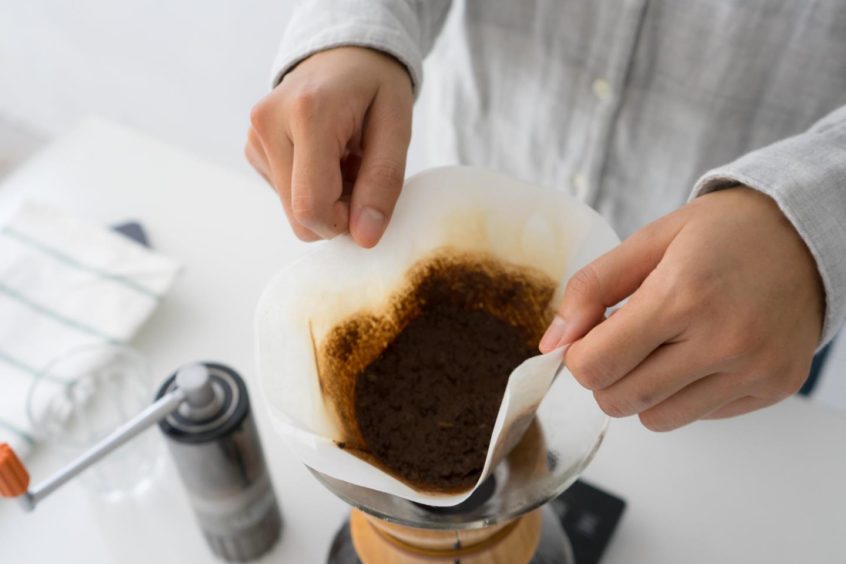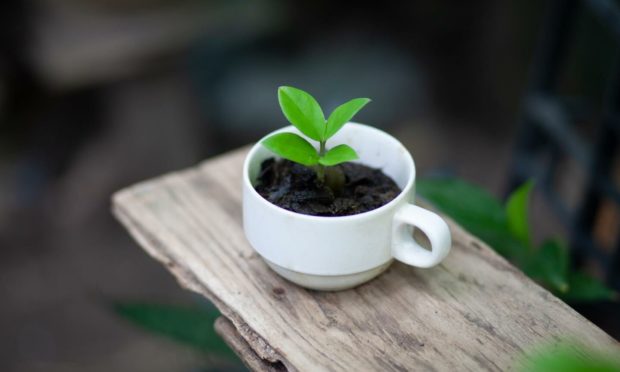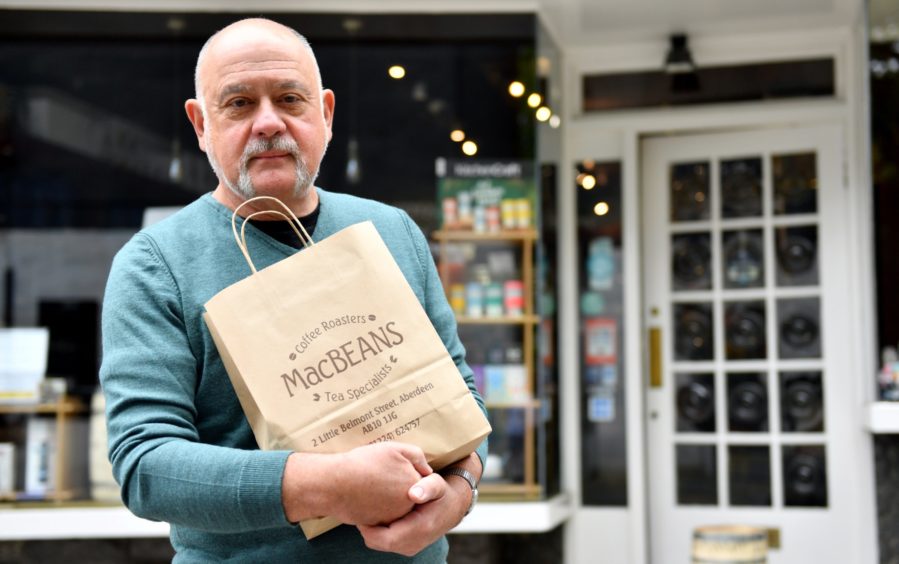Coffee is one of the most popular drinks in the country, but if we are brewing it at home, how can we reduce wastage?
If you make yours at home, you might use a cafetiere, Aeropress, coffee bean grinder, or even a bean grinder to get yours the way you want it.
But, more often than not, us coffee aficionados find ourselves with leftover coffee granules that we don’t know what to do with.
No matter where you look, the majority of advice when it comes to reusing coffee grounds is based around gardening, composting and cooking.
We asked some local roasters about their top tips for what to do with leftover coffee grounds.
Coffee for gardening
Ian Cukrowski, the owner of MacBeans in Aberdeen says that uses his leftover coffee grounds to help with his gardening at home.
“I add my used coffee grounds to my grass clippings to make compost,” he says.
“The carbon in the coffee grounds helps break down the grass which is nitrogen rich.
“Coffee grounds are also good to add to the soil around ericaceous plants like rhododendrons and azaleas.
“I also add them to my wormery and I’ve heard they can detract cats and snails from the garden, but I’m not wholly convinced on that!”
Prestigious chocolatiers Hotel Chocolat, that have a store in Aberdeen’s Union Square and another in the Eastgate Centre in Inverness, also make coffee and have some top tips on how to use the remnants in other ways as well including as an exfoliator for your skin.
You can make your own natural body and face scrub, using rougher grounds on your body and finer ones on your face.

Cooking
In the Highlands, Neil Mackenzie from Inverness Coffee Roasting Company, says he also agrees that using old coffee grounds in your garden is the way to go.
He gets requests from customers looking for advice on just that, as well as how to incorporate used grounds into home cooking.
“We’ve had a few people get in touch with us for using leftover coffee grounds at allotments for compost as it seems to work really well for that.

“We have also had interest in using them in barbecue rubs. As far as I can tell most recipes will use freshly ground coffee (to a medium grind) in combination with other spices (using just coffee or too much will make the meat quite bitter).
“I also saw one that used instant coffee which was interesting, but I guess the main thing I found was that it should be freshly ground (used coffee has lost a lot of its flavour) coffee and used along with several other spices.”
You can also use coffee grounds when cleaning up in the kitchen, scrubbing stuck-on food off the bottoms of pots and pans without damaging your cookware.
All you have to do is get some detergent, a small handful of coffee grounds and a scrubber and scrub away.

